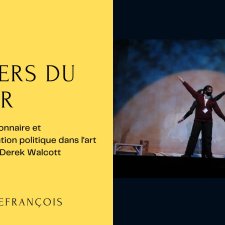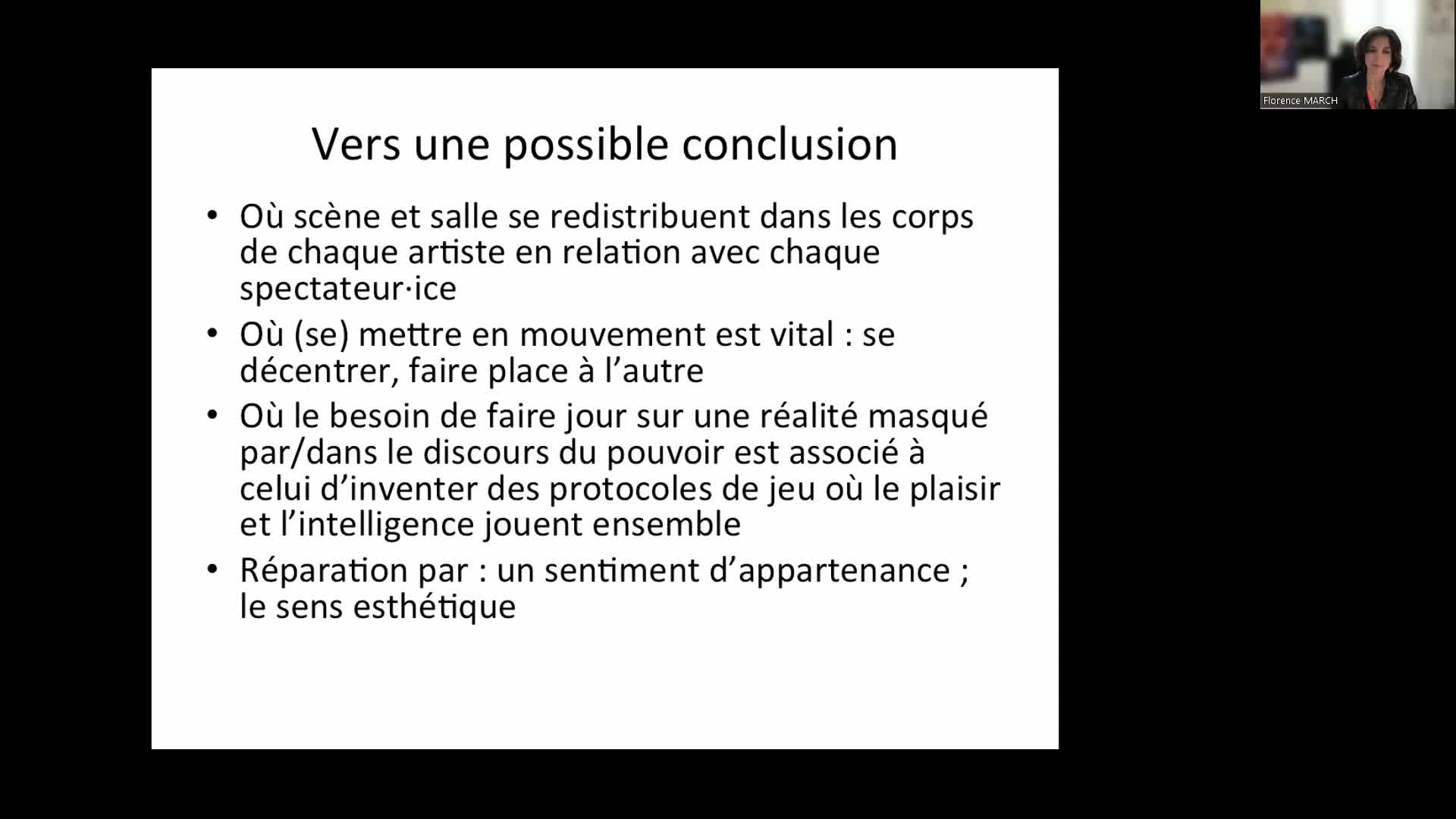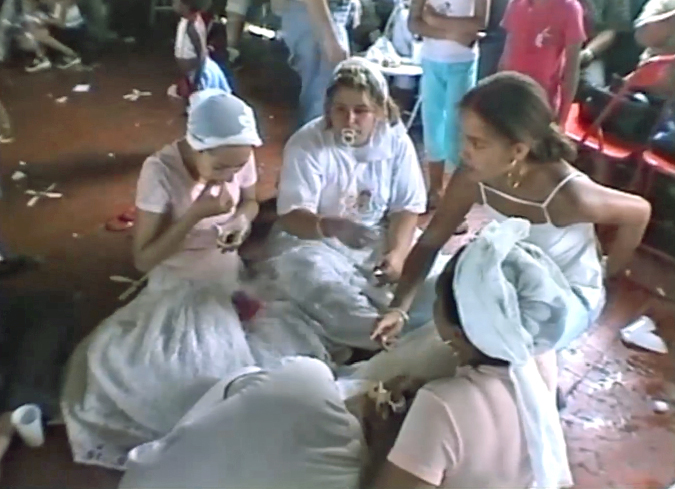Notice
“Beneficial JI” - Short talk 2.1: Neta Spiro - Joint improvisation in music therapy: characterising interaction in individual sessionswith children with autism spectrum disorders
- document 1 document 2 document 3
- niveau 1 niveau 2 niveau 3
Descriptif
Some types of music therapy, such as Nordoff Robbins, involve improvisation by the client and therapist andthe relationship between the participants’ music making is prioritised. Some children with a diagnosis ofautism who attend these kinds of music therapy sessions often have difficulties speaking and can bereferred for a range of reasons (including difficulties in communication). What does improvisation look like inthis context? Does it differ between sessions and if so how? Can charting what improvisation in the sessionslooks like help assess changes in the client and/or the relationship between the participants? Studies ofmusic therapy sessions often analyse short moments. This focus makes it difficult to understand the contextof results and assess what the moments are representative of. In this study of case examples we annotate accordingto an annotation protocol videosof complete music therapysessions of 4 clienttherapistpairs. Each pair has two videos: one early and one late in the series ofsessions. Characteristics annotated include: where players are facing, whether they are making sounds, andthe sounds’ pulse characteristics. A range of patterns for each of these parameters was identified fordifferent clienttherapistpairs. This exploration of the types of possible patterns and relationships in musictherapy sessions helps to characterise, at a general level, what happens in sessions; provide a context formoments that might be analysed in more detail; and identify what differs between players and their sharedcharacteristics both across pairs and between pairs of sessions.
Thème
Documentation
Liens
Dans la même collection
-
Joint Improvisation Meetings 2015
We understand joint improvisation as an artistic form involving two or more performers engaging in multiple real-time interactions: with each other, with the audience and with the emerging content.
-
“Quantifying JI” Short talk 1.3: Ashley Walton - Musical Improvisation: Spatiotemporal patterns of …
WaltonAshleyWhen jazz musicians perform an improvisational piece of music their behaviors are not fully prescribed in advance. Nonetheless their actions become so tightly coordinated and their decisions so
-
“Beneficial JI” - Short talk 2.3: Rachel-Shlmoit Brezis - Testing the limits – and potential of joi…
Shlmoit-BrezisRachelResearch on joint improvisation has shown that expert improvisers, as well as neurotypical individuals, canjointly create novel complex motion, synchronized to less than 180ms.
-
Going into the unknown in science and art
KeysersChristianScientists must grope into the undefined place beyond the known. So must improvisation theater actorswalking onto the stage with no idea what will happen next. Improvisation theater developed
-
Deconstructing “joint improvisation”
BrownStevenWhat is “joint” and what is “improvisational” about joint improvisation? The “joint” aspect can be contrastedwith solo improvisation, such as that of a jazz pianist. Even when jazz pianists improvise
-
“Quantifying JI”Short talk 1.1: Saul Albert - Extemporary movement: an interactional account of par…
AlbertSaulClear empirical distinctions can be drawn between joint improvisation and choreography in dance by exploring the rhythmical coordination of dancers and audience members in a partner dance performance
-
How much do jazz improvisers share understanding with each other and with their listeners?
SchoberMichael F.To what extent do collaborating improvisers understand what they are doing in the same way as each other?And to what extent do their listeners understand the improvisation in the same way as the
-
Improvising in Sign Language and Gestures
CitronAtiThe Sign Language Theatre Laboratory is a practicebasedartistic research group that began operating in2014 as part of the Grammar of the Body (GRAMBY) Interdisciplinary Research Project led by
-
-
-
Brain to Brain approaches to joint actions
KeysersChristianJoint actions require an ability to understand and predict the actions of others far enough into the future to have time to plan and execute matching motor programs. Here I will review experiments in
-
From me and you to we: how our brain integrates our actions and emotions when we interact
GazzolaValeriaIt is now well known that areas in the brain that are active when we act or feel become active again when weobserve other people act and express their emotions – as if we would internally relivewhat
Sur le même thème
-
L'envers du décor: rhéthorique visionnaire et instrumentalisation politique dans l'art dramatique d…
LefrançoisFrédéricL'envers du décor: rhéthorique visionnaire et instrumentalisation politique dans l'art dramatique de Derek Walcott
-
Faire exister les nouvelles attentions : atelier de Julie Perrin et Pascale Gille
PerrinJulieGillePascalePar un atelier et une discussion, Julie Perrin et Pascale Gille soulignent comment les danseurs et danseuses continuent de faire bouger les lignes du "partage du sensible", en jouant de la frontière
-
Faire corps avec le document : les chorégraphes contemporains face aux crises et aux conflits
Cette communication se centre autour de pièces chorégraphiques qui abordent des situations de crises politiques, économiques, humaines, à travers des matériaux documentaires. Il s’agit de dresser un
-
Les formes de réparation dans les arts de la scène à l’épreuve de la Covid-19 (visio)
RiedlerJulietteBurighelGiuseppeLe webinaire propose un retour sur la journée d’étude et de pratiques artistiques " Les formes de réparation dans les arts de la scène à l’épreuve de la Covid-19 " (qui s’est déroulé le 23 mars 2022 –
-
Après la projection - Discussion autour de « Faraway My Shadow Wandered » de Liao Jiekai et Sudhee …
CheurfaCéliaJiekaiLiaoLiaoSudheeDiscussion avec les réalisateurs Liao Jiekai et Sudhee Liao, en dialogue avec Jean-Michel Butel, ethnologue, maître de conférences à l'Inalco, spécialiste des évolutions sociales et des structures
-
-
Cérémonies et rituels de l’umbanda : la fête des enfants Marília, État de São Paulo Brésil, les 13 …
JacquemotArmelleTerreiro du Vieux-noir Pai Fabiano, Marília, État de São Paulo (Brésil), les 13 et 14 octobre 2001
-
Corps dansant et corps bourgeois : la fabrique des normes au XIXe siècle
MarquerBertrandJarrasseBénédicteConférences | Vendredi 15 novembre Bertrand Marquer | La norme et l’écart : imaginaire et savoirs du corps au XIXe siècle Bénédicte Jarrasse | Corps-machines : la danse et l
-
-
-
-

























